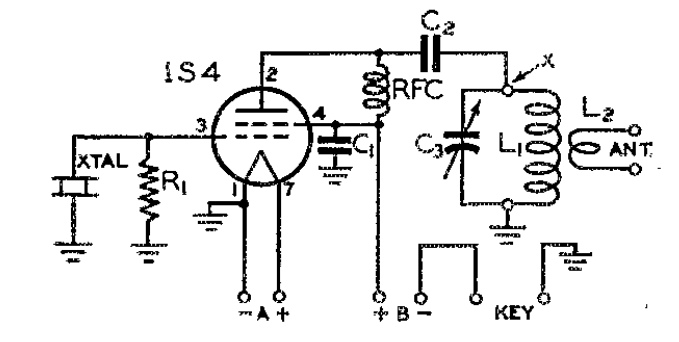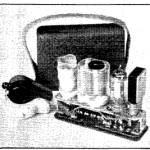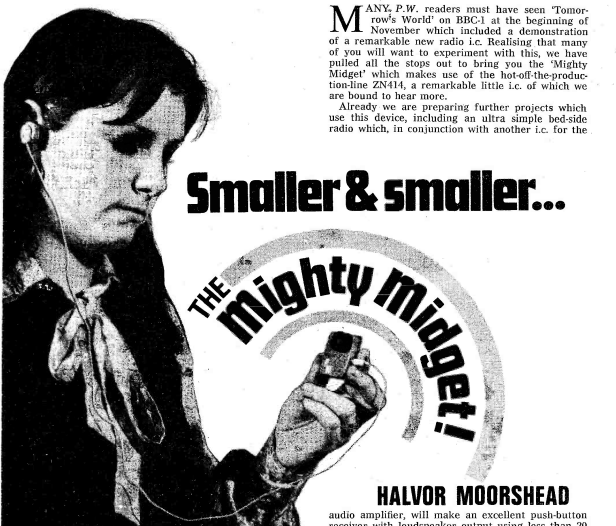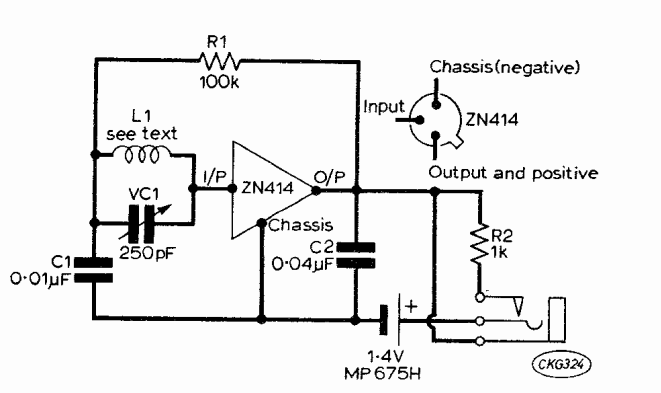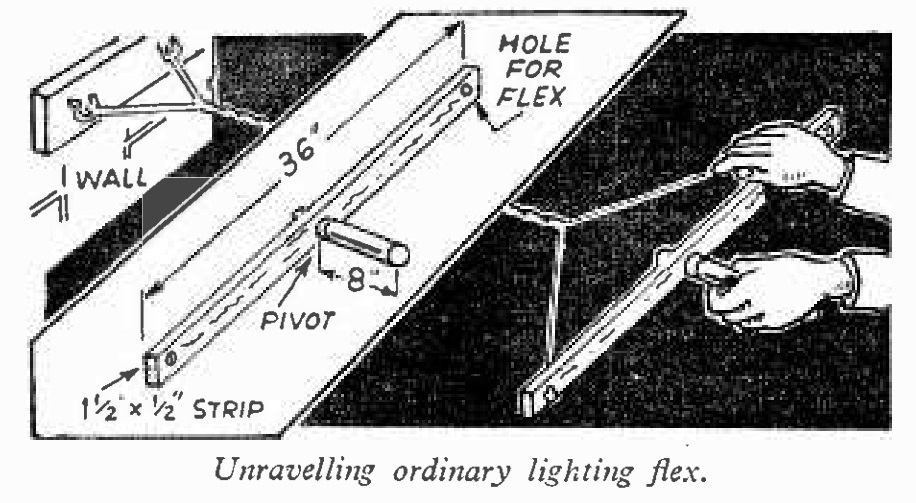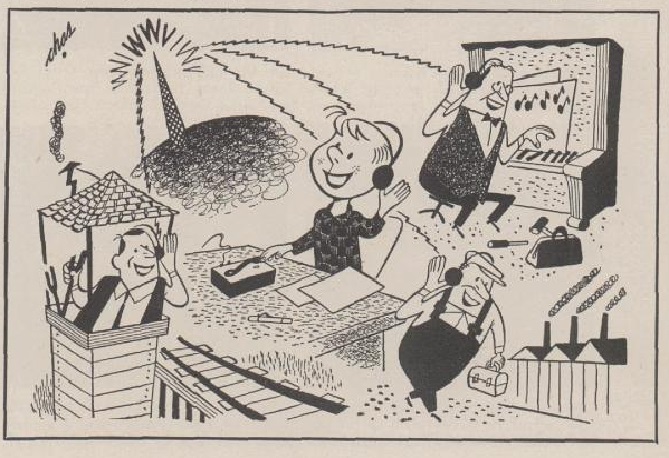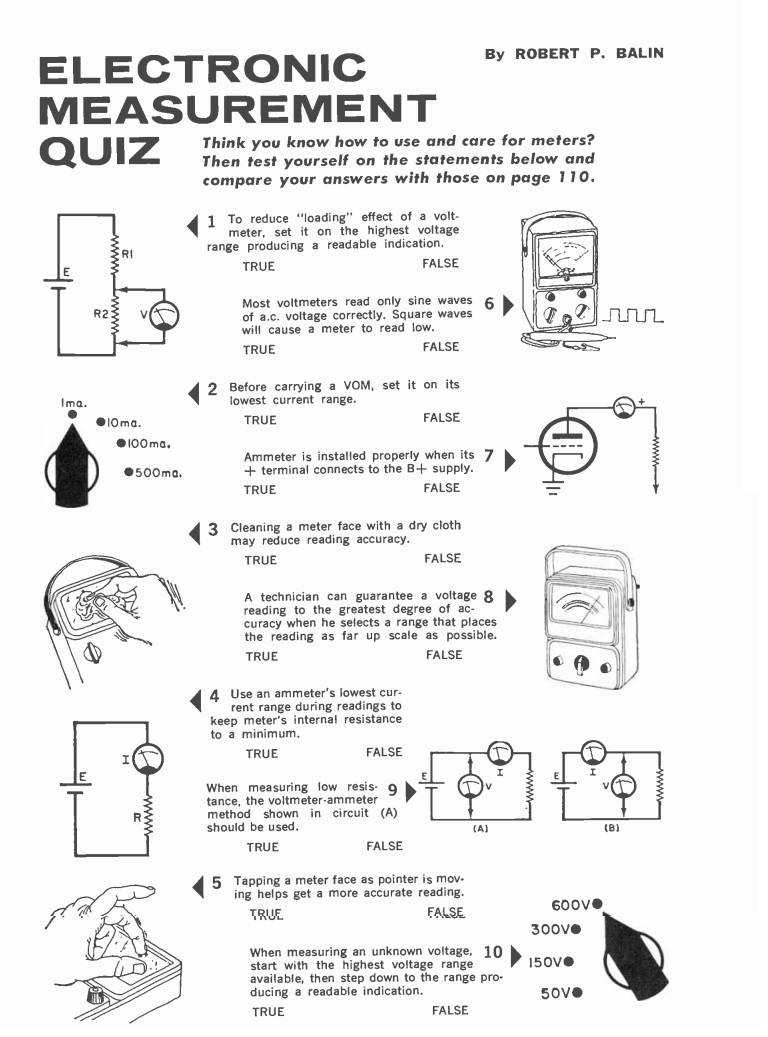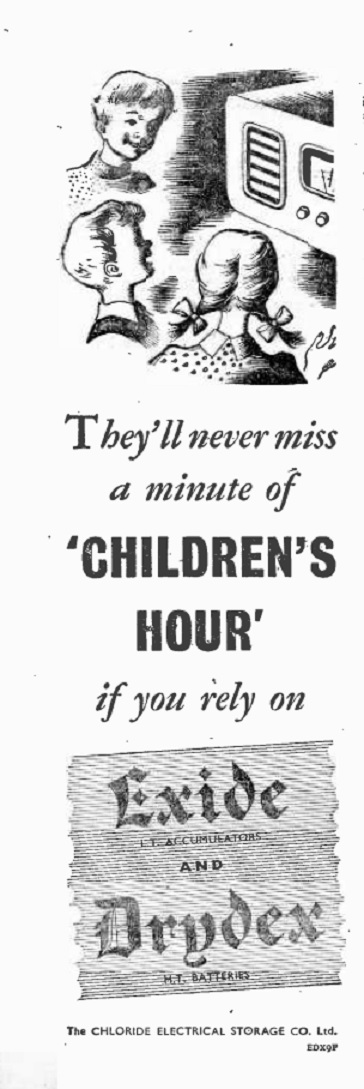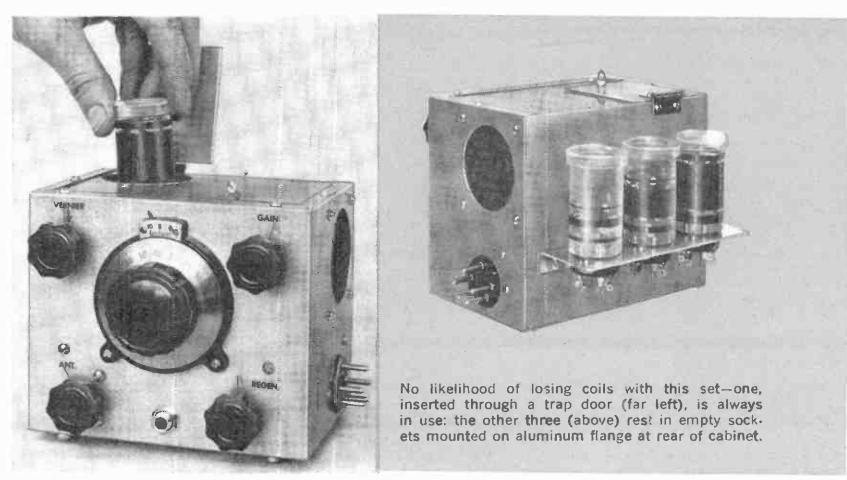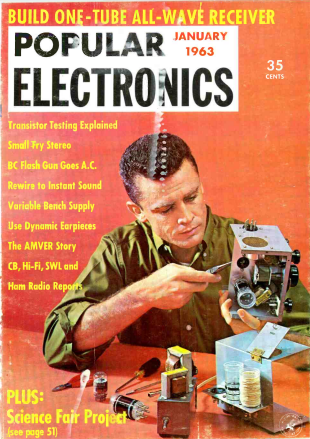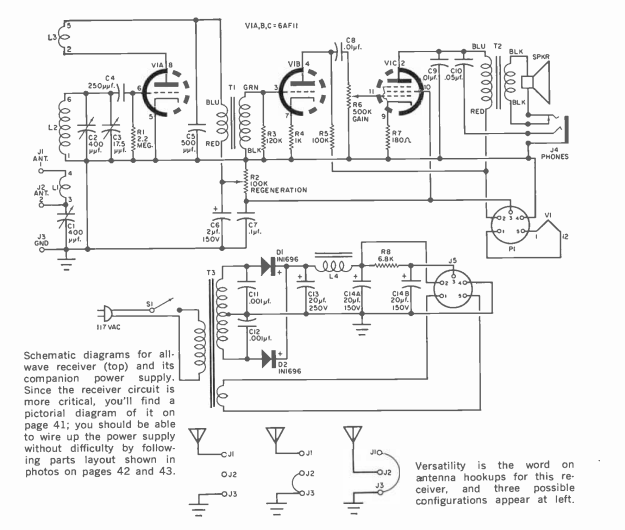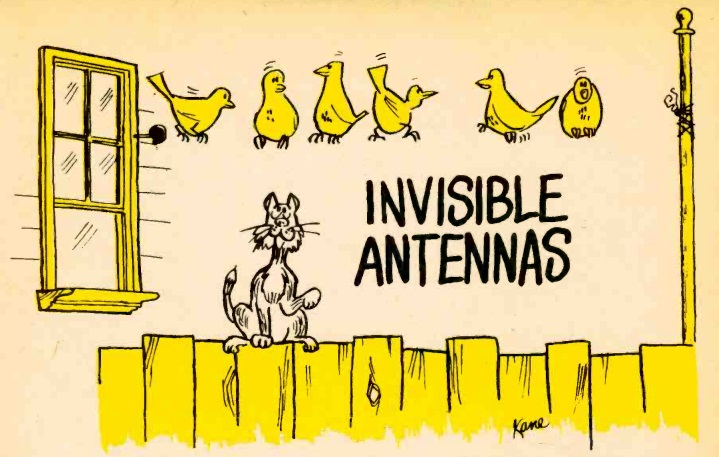 It’s become a more common issue these days, but even 60 years ago, some hams and SWL’s were faced with the issue of needing to put up an antenna where they weren’t allowed. As highlighted by this article in the January 1963 issue of Electronics Illustrated, one solution, then and now, is to use an invisible antenna. The easiest way to do that, as apparently done by the owner of the antenna shown above, is to use a very thin gauge wire. The article suggested 18 gauge or smaller (larger numbers being smaller). The best choice is often enamel wire, and it is sometimes possible to select a color that matches the background, for added stealth.
It’s become a more common issue these days, but even 60 years ago, some hams and SWL’s were faced with the issue of needing to put up an antenna where they weren’t allowed. As highlighted by this article in the January 1963 issue of Electronics Illustrated, one solution, then and now, is to use an invisible antenna. The easiest way to do that, as apparently done by the owner of the antenna shown above, is to use a very thin gauge wire. The article suggested 18 gauge or smaller (larger numbers being smaller). The best choice is often enamel wire, and it is sometimes possible to select a color that matches the background, for added stealth. 

I’ve discovered that one source of very cheap almost invisible wire is cheap speaker wire. Remember, when you see the price per foot, you’re actually only paying half that much, since you can unzip the wire before using it. And it often comes with clear insulation, meaning that it’s almost invisible from even a short distance away.

 The magazine suggested a type of insulator to use, but modern hams have discovered that the insulator is often unnecessary. Instead, just tie the end of the wire to a piece of monofilament fishing line, which is even less visible.
The magazine suggested a type of insulator to use, but modern hams have discovered that the insulator is often unnecessary. Instead, just tie the end of the wire to a piece of monofilament fishing line, which is even less visible.
The article also suggested the possibility of becoming patriotic and installing a flagpole on your house. Especially for higher frequencies, they can form the basis for an excellent antenna system. 

Some links on this site are affiliate links, meaning that this site earns a small commission if you make a purchase after using the link.
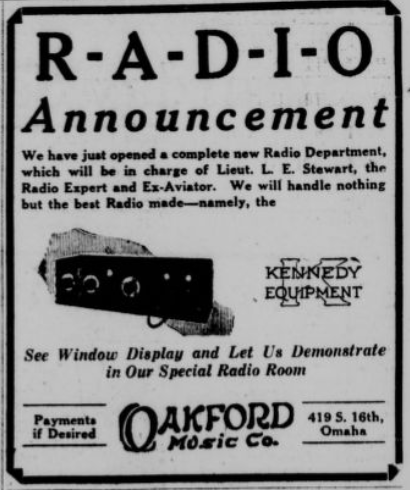 A hundred years ago today, the January 27, 1923, issue of the Omaha Bee carried this ad for the Oakford Music Co., 419 S. 16th, Omaha. The store announced that it was branching out into the radio business in a big way, complete with a special radio room. The new department was to be headed by radio expert and former aviator Lt. L.E. Stewart.
A hundred years ago today, the January 27, 1923, issue of the Omaha Bee carried this ad for the Oakford Music Co., 419 S. 16th, Omaha. The store announced that it was branching out into the radio business in a big way, complete with a special radio room. The new department was to be headed by radio expert and former aviator Lt. L.E. Stewart.
